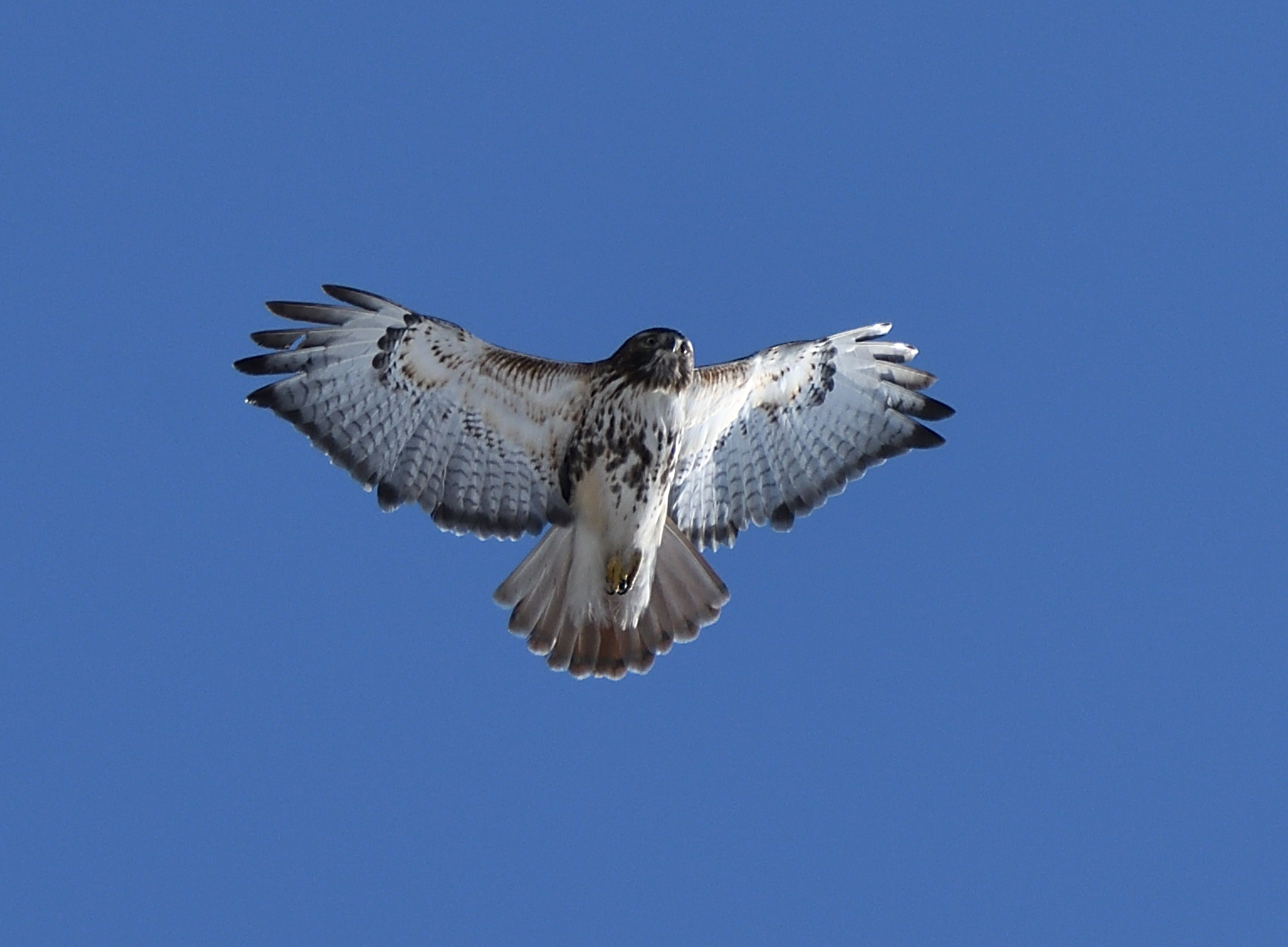Return of the Red-Winged Blackbird

My previous post was to be the last for February, but this morning I heard a familiar call at Lakeside Park. A bird call I have not heard since October of 2019 ( https://wildlakeside.blogspot.com/2019/10/text-text-photos-copyright-wildlakeside.html ), and a reminder of warmer months. The calls of red-winged blackbirds pulled me out into the reed beds at the very top of the lake this morning. I could hear two male red-winged blackbirds calling back and forth across the frozen expanse of the lake. The closest to me was perched on a dead bush surrounded by cattails. The beds of cattails are a criss-cross of long reeds that seemingly wrap tighter around your boots the more you struggle. I am not joking when I say that I had to fight my way through the reeds for these photos and when I finally emerged, I was covered in fluff from the cattails. Thankfully the -12 C temperature this morning kept everything nice and solid underfoot. Apparently, the male red-winged blackbirds retu

